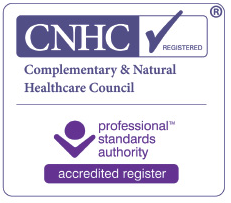Like many people I used to think that Sex Addiction was just something that people told their partners when they were caught cheating .. they would say “sorry … it’s not me its the disease”. Now, I realise that I was wrong - Sex addiction is real.
The nature of addictions
To understand any addiction, you need to first understand it’s a coping mechanism, a way of managing feelings like depression or anxiety. Russel Brand famously said “people thought I had a drug problem .. they were wrong drugs were my solution”. However, all addictions eventually take on a life of their own because the substance or activity to which we are addicted gives us a fresh problem.
There are the classical addictive substances, Tobacco, Alcohol, Opiates (Heroin and a plethora of derivatives). Russell Brand described Heroin as “A bit Moorish” and that a perfect description because all these substances are very pleasurable but as time goes on you need more and more to give you that original hit.
These are substances that are addictive but there are also activities that are addictive. Gambling and eating can become addictive – you develop what is politely called a ‘disorder. Well, Sex addiction is similar to having an eating disorder because its an addiction to an activity rather than a substance
Online pornography can be equally addictive as using alcohol or recreational drugs to change the way you feel. I specialise in working with people who are struggling with sexual behaviours that they want to change, potential sexual offending or getting too close to crossing the line into illegality, internet addiction, and those who have been charged with the sexual offense of viewing child exploitation imagery online. These clients are mostly men and they are generally far more sensitive to ‘shame’ than my female clients. When I first started this work most of my clients were sent to see me (often by their solicitors in the hope of lighter sentencing) and they had little intention of actually doing the work. And so, over the years I have tried to create a therapy that people want to do, one where they feel valued, and welcomed, so that they look forward to coming to therapy. One, where they can seek to address childhood traumas and improve the quality of their lives.









